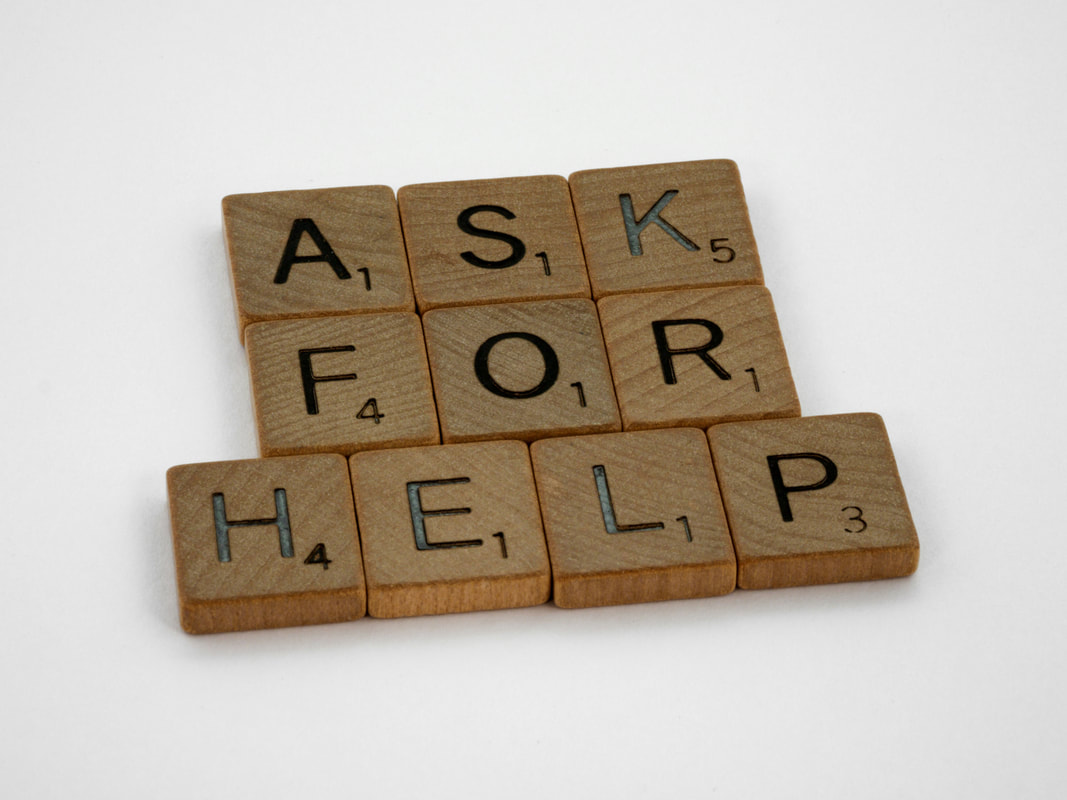|
Recent investigations have revealed a significant increase in global instances of both depression and anxiety, rising by 25% within the first year of the COVID-19 pandemic. This trend, along with a growing societal acceptance of mental health conditions, has sparked an expanding conversation about anxiety and depression. While these terms are often used interchangeably, understanding their differences is crucial, especially for those struggling with mental health. Knowing these distinctions helps individuals better interpret their symptoms, manage their circumstances, and choose the best ways to cope with their challenges. Only a medical or mental health professional can provide a formal diagnosis, but seeking information is entirely encouraged. In fact, understanding the intricacies of one’s condition is the first step toward recovery. Here is a detailed explanation of the differences between anxiety and depression, along with an overview of the treatment options available. The Interplay of Anxiety and DepressionWhile anxiety and depression exhibit distinct differences, they share a common biological foundation. It is believed that reduced serotonin levels contribute to both conditions, along with other neurotransmitters such as epinephrine and dopamine. Despite this shared biological basis, anxiety and depression manifest in different ways. They can be seen as two sides of the same coin, capable of coexisting simultaneously or occurring sequentially. Deconstructing DepressionDepression involves a pervasive sense of hopelessness that significantly impacts one’s emotional state and behavior. To meet the diagnostic criteria, these symptoms must persist for most of the day, nearly every day, for at least two weeks. Individuals struggling with depression often feel a profound sense of futility, believing that positive outcomes are unlikely. They may also perceive themselves as worthless, seeing their efforts as meaningless. Suicidal thoughts can also occur in those affected by depression. Physically, depression can manifest as cognitive impairment, hindered concentration, and mnemonic lapses. It may also precipitate physical malaise, diminished appetite, and sleep disruption. Learn more about my Coquitlam depression therapy. Understanding AnxietyConversely, anxiety manifests as persistent trepidation and apprehension. When these feelings are unrelenting, they may indicate an anxiety disorder. Two predominant forms of anxiety disorders are generalized anxiety disorder, characterized by pervasive worry across various aspects of life, and social anxiety disorder, marked by fear in social situations. Additionally, panic disorder causes sudden, intense episodes of fear, often triggered by specific phobias. Anxious individuals are often besieged by apprehensions regarding forthcoming events, harboring uncontrollable premonitions of adversity or physical peril. They may adopt avoidance behaviors to circumvent anxiety-inducing circumstances. Physiologically, anxiety might manifest as dizziness, gastrointestinal disturbances, rapid heartbeat, muscle tension, and shortness of breath, all attributable to a perpetual state of heightened arousal. Delineating the DisparityWhile depression and anxiety share some symptomatic manifestations, their fundamental nature diverges markedly. Depression epitomizes an intense sentiment of despair and enervation, whereas anxiety manifests as pervasive apprehension and fear. Broadly construed, anxiety pertains to future-oriented worries and anticipated outcomes, while depression permeates the everyday, imbuing existence with a melancholic pallor. For instance, an individual might grapple with anxiety about vehicular travel after experiencing trauma from an accident or undergo pronounced distress in crowded settings due to underlying self-esteem issues. Conversely, depression shrouds the present moment in a pall of melancholy, rendering life devoid of vibrancy and allure. Therapeutic Modalities for Anxiety and DepressionThankfully, effective treatment modalities exist for both anxiety and depression. Mild symptoms may be alleviated through self-help interventions, including reading self-help literature and practicing mindfulness and meditation to ease fear and despondency. For individuals grappling with more pronounced manifestations, psychotherapy represents a viable recourse. Anxiety therapy in Coquitlam endeavours to address maladaptive thought patterns and behavioural adjustments. The therapeutic approach may diverge depending on the specific condition. Anxiety treatment aims to curtail avoidance behaviors and challenge irrational apprehensions, while depression therapy seeks to cultivate positive affectivity and foster adaptive behaviors during low mood episodes. Pharmacological interventions, such as selective serotonin reuptake inhibitors (SSRIs), also offer relief and have demonstrated efficacy in alleviating symptoms of both depression and anxiety. Often, medication is used in conjunction with psychotherapy to optimize therapeutic outcomes. In summary, while anxiety and depression might traverse disparate experiential terrains, their reconciliation necessitates a holistic approach encompassing psychotherapeutic intervention, pharmacological adjuncts, and self-help practices. By embracing this multifaceted therapeutic framework, individuals can navigate their mental health adversities with resilience and stability.
0 Comments
Leave a Reply. |
AuthorVictoria is a Registered Clinical Counsellor. She primarily works with families, youth and parents and women wanting to do self-work. Archives
May 2024
Categories |
GOOD TALK THERAPY
|
|
Good Talk Therapy acknowledges that it is located and operates on the traditional, ancestral, and unceded territories of the kʷikʷəƛ̓əm (Kwikwetlem First Nation), including those parts that were historically shared with the sq̓əc̓iy̓aɁɬtəməxʷ (Katzie), and other Coast Salish Peoples.
|
WESPACE
Unit 200-1140 Austin Ave Coquitlam, BC V3K 3P5 604.716.0631 [email protected] © 2024 Good Talk Therapy. All rights reserved. |






 RSS Feed
RSS Feed

